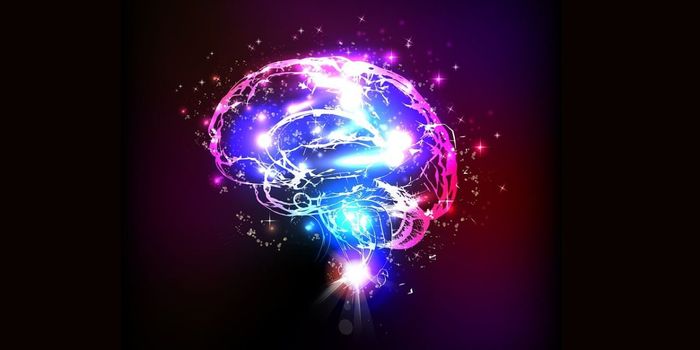fMRI Study Indicates Brain Abnormalities in People with Post-Treatment Lyme Disease
Johns Hopkins University College of Medicine researchers collaborated with the Lyme Disease Research Center to understand the neurological impacts of Lyme disease. They observed distinctive changes in the brain tissue physiology of patients with post-treatment Lyme disease. The findings published in the journal PLoS One suggest that memory and cognitive difficulties are linked to functional and structural changes in the Lyme’s disease patients’ brains.
The study involved conducting fMRI scans of participants brains while they were engaged in a short-term memory task. 12 post-treatment Lyme disease patients and 18 participants without a history of Lyme’s disease underwent fMRI scans used to track changes in the brain in real time. Imaging showed unusual frontal lobe activity-the brain region that processes cognitive tasks such as memory recall and concentration.
Researchers used a second form of imaging called diffusion tensor imaging (DTI) on a majority of the participants (12 participants with Lyme and 12 of the 18 non-Lyme participants). DTI detects the direction of water movement within brain tissue. DTI imaging showed water diffusion or “leaking” along the participants’ axons. The axons are the extensions of neurons that carry electrical signals to other neurons within the same white matter regions identified in the fMRI. The study identified a correlation of axonal leakage in white matter with fewer cognitive deficits and better outcomes among the post-treatment Lyme disease patients.
The researchers noticed the images showed differences in their frontal lobe activity between the two groups in the white matter of the brain, which normally does not show up in fMRI scans, as this tissue operates with less blood flow than gray matter. White matter is crucial for moving information around the brain.
The researchers believe the increased white matter activity is a beneficial immune response in the post-treatment Lyme patients, since it correlates with better disease outcomes. This finding was also correlated to the patients with post-treatment Lyme needing longer periods of time to complete the memory task. It highlights the adaptive nature of white matter and the role of axonal leakage and white matter activation in post-treatment Lyme disease patients.
Lyme’s disease affects 10% to 20% of the nearly half a million Americans annually. Antibiotics are commonly used to treat Lyme’s disease effectively, but some patients continue to have significant long term symptoms such as fatigue, muscular pain, insomnia, depression. A significant number of patients experience concentration and memory difficulties. The study may lead to discovery of therapeutic treatments to address neurological damage caused by Lyme’s disease.
Sources: Eureka News Alert, PLoS One








